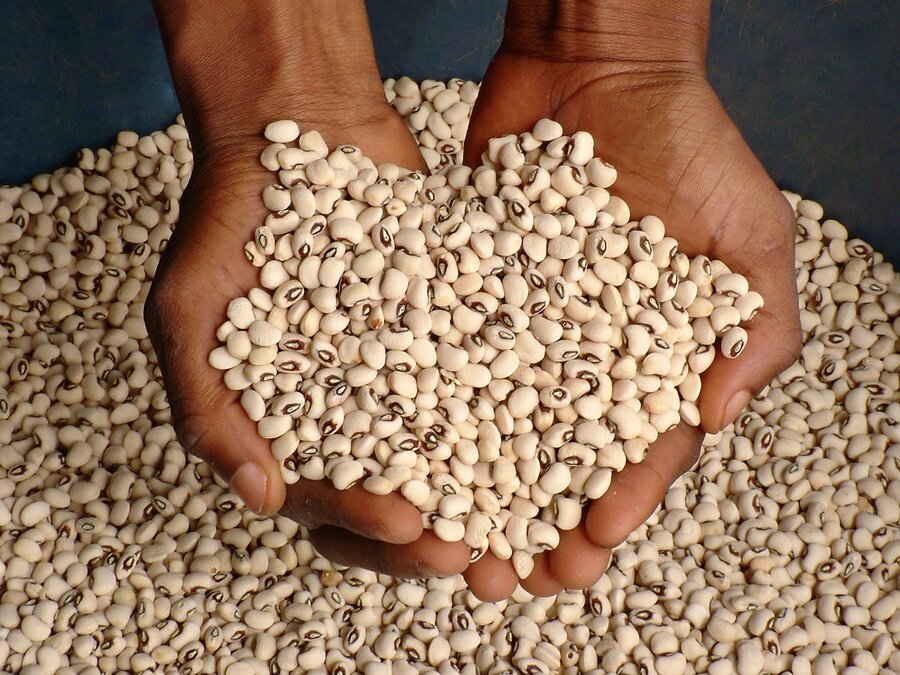Cowpea
Vigna
Cowpea is a tough crop, popular throughout the dry tropics and subtropics worldwide. It thrives in sandy soils and tolerates drought better than most crops.
Cowpea is a multipurpose crop, grown for both humans and livestock. The peas, the fresh pods and the fresh leaves all make excellent vegetables with a high nutritional value. In dry form, the grains are eaten boiled or as a snack. Cowpea is a high quality legume for livestock feed, and is also used for erosion control.
Subsistence farmers in sub-Saharan Africa usually intercrop their cowpea with maize, sorghum, millet, and/or cassava. In rice farming, cowpea can be grown either before or after a crop to increase food production from a land area. In these systems, cowpea contributes by enriching the soil with nitrogen, helping to break the pest and disease cycle that occurs in continuous grain cropping, and is an additional source of farm income.
According to the International Institute of Tropical Agriculture, IITA in Nigeria, the major pests attacking cowpea plants are flower thrips (Megalurothrips sjostedti), pod borer (Maruca vitrata), and pod sucking bugs. IITA has developed high-yielding short season varieties with resistance to major diseases, insect pests, nematodes, and parasitic weeds, and these varieties have been released in some 60 countries.

